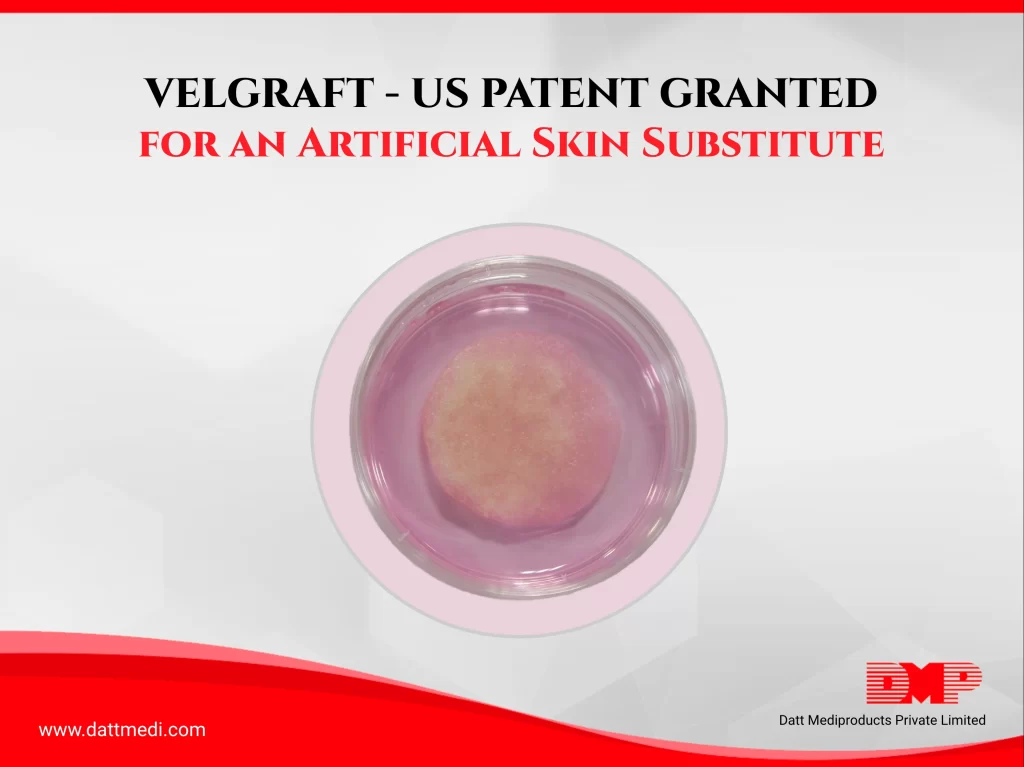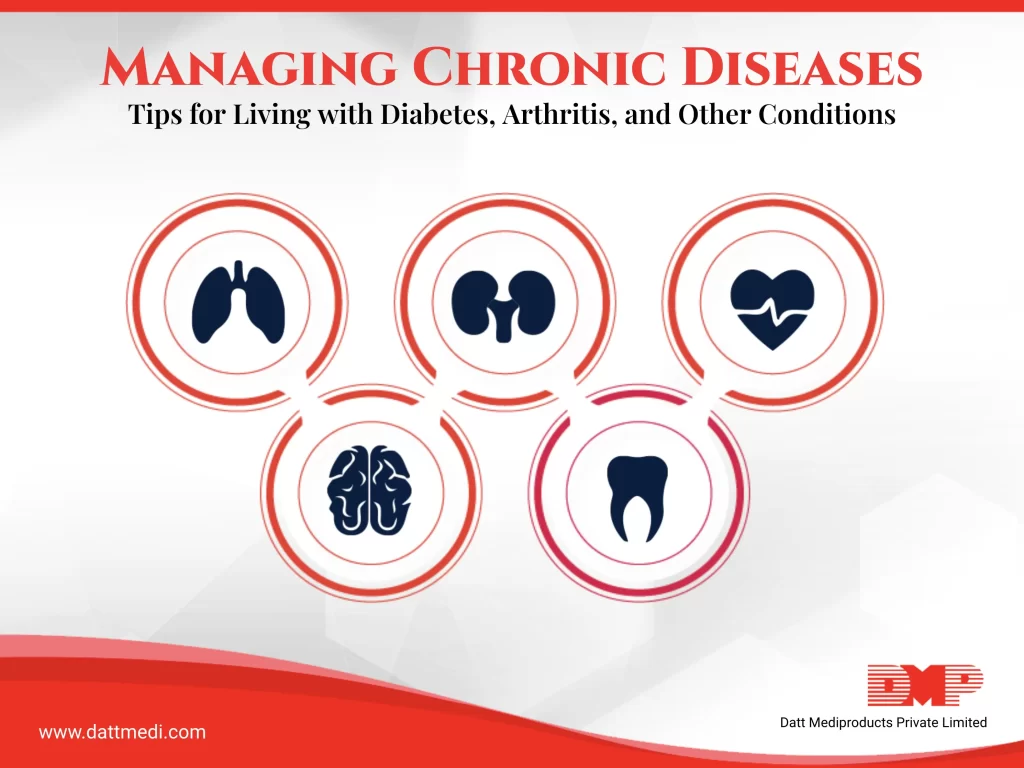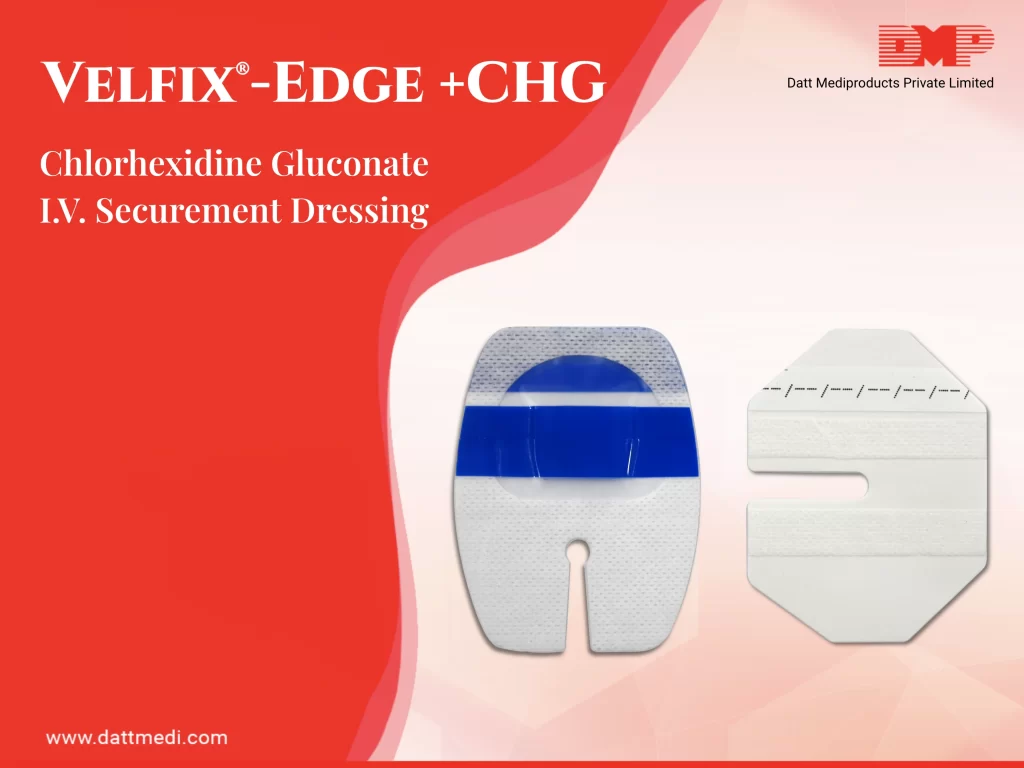
Patent No.1: US 10, 004, 830 B2
Date of the Patent Granted: Jun. 26, 2018
Patent No.3: US 10, 149, 924 B1
Date of the Patent Granted: Dec. 11, 2018
Patent No.2: US 10, 098, 986 B1
Date of the Patent Granted: Oct. 16, 2018
Title of the Patent: READY TO USE BIODEGRADABLE AND BIOCOMPATIBLE ARTIFICIAL SKIN SUBSTITUTE AND A METHOD OF PREPARATION THEREOF
NEED OF THE INVENTION:
Wound Healing is a complex biological process. The main goal of the treatments is to achieve wound closure. In the cases of large wounds like burns, the availability of skin covers to repair the damaged areas is a problem. Different treatment modalities are available depending upon the type of the wound and the physician’s approach.
These may include surgical closure (primary intention), wound left open to close by a reparative process (secondary intention) or wound left open because of infection and closed surgically later (tertiary intention).
Since the primary goal is wound closure, the quality of healing is important because in the cases of deeper wounds the chances of infection and scar formation are very high.
Mesenchymal stem cells are progenitor cells of mesoderm origin. These were initially isolated from bone marrow. However, at present these can be isolated from the number of tissue niches including dental pulp, adipose tissue, umbilical cord, umbilical cord blood, skin, skeletal muscle etc. These are multipotent, immune-privileged cells, which can differentiate into multiple lineages including skin cells.
Therefore, they have been very instrumental in the field of regenerative medicine. Skin is the largest organ of the body and harbors stem cells within it which helps in repair. However, in the case of chronic wounds, the normal repair process gets delayed and it takes the very long time to heal.
This can be the result of various disorders like diabetic foot ulcer, severe burns, vasculitis etc. Chronic wounds cause substantial patient morbidity, with detrimental effects on patient quality of life, increasing pain, stress, depression, and social isolation.
Normal wound healing occurs in 3 stages:
1) Inflammation
2) Proliferation
3) Remodeling.
We @ Datt Mediproducts have developed a stem cell-based extracellular matrix for the treatment of burns, diabetic foot ulcer, and other chronic wounds. This matrix has tissue-like properties and can be used for wound healing. This patent describes the invention as well as the in-vitro method of cell-based skin substitute preparation.
ABOUT THE INVENTION:
The present invention provides a novel and unique technique of culturing of proliferating human mesenchymal stem cells on a biocompatible matrix membrane to form a confluent layer of cell sheet with secreted growth factors, suitable for grafting. This invention also provides a ready to use biodegradable and biocompatible tissue construct with autologous/allogeneic human stem cell-based product.
The innovative product has tissue-like properties and is a very effective, easy to use, cost-effective artificial skin substitute. The present invention uses proliferative/confluent Mesenchymal stem cells (MSCs), fibroblast, keratinocytes, and Mesenchymal stem cells differentiated fibroblast and keratinocytes whereby cells are transferred from culture to the wound bed.
This product not only helps to achieve satisfactory wound closure but also helps to restore functional integrity in the least time and with the least complications and morbidity.
Advantages of the Invention:
– Provides the support, growth factors and essential cytokines for wound healing.
– The scaffold of the present invention does not stick to the wound.
– The present invention comprises of improved wound and hygiene.
– It can be manufactured in any size and shape as per the requirement.
– Easy to handle.
– It can be removed easily.
– Environment friendly as it is degradable easily.
– It aids in wound healing.
– It ensures rapid healing of wound.
– It ensures moist wound environment by preventing wound desiccation.
The graft can be made within 15 days. It is an alternative treatment to the standard wound management therapies. There is a dramatically reduced risk of transmission of infectious disease due to rigorous process controls.
INTENDED USE:
Grafting to a patient with tissue or organ defect, such as skin ulcer or wound, or in vitro tissue testing or animal graftings such as for safety testing or validation of pharmaceutical, cosmetic, and chemical products.
Follow us @ Datt Mediproducts to know more about the company and product.





